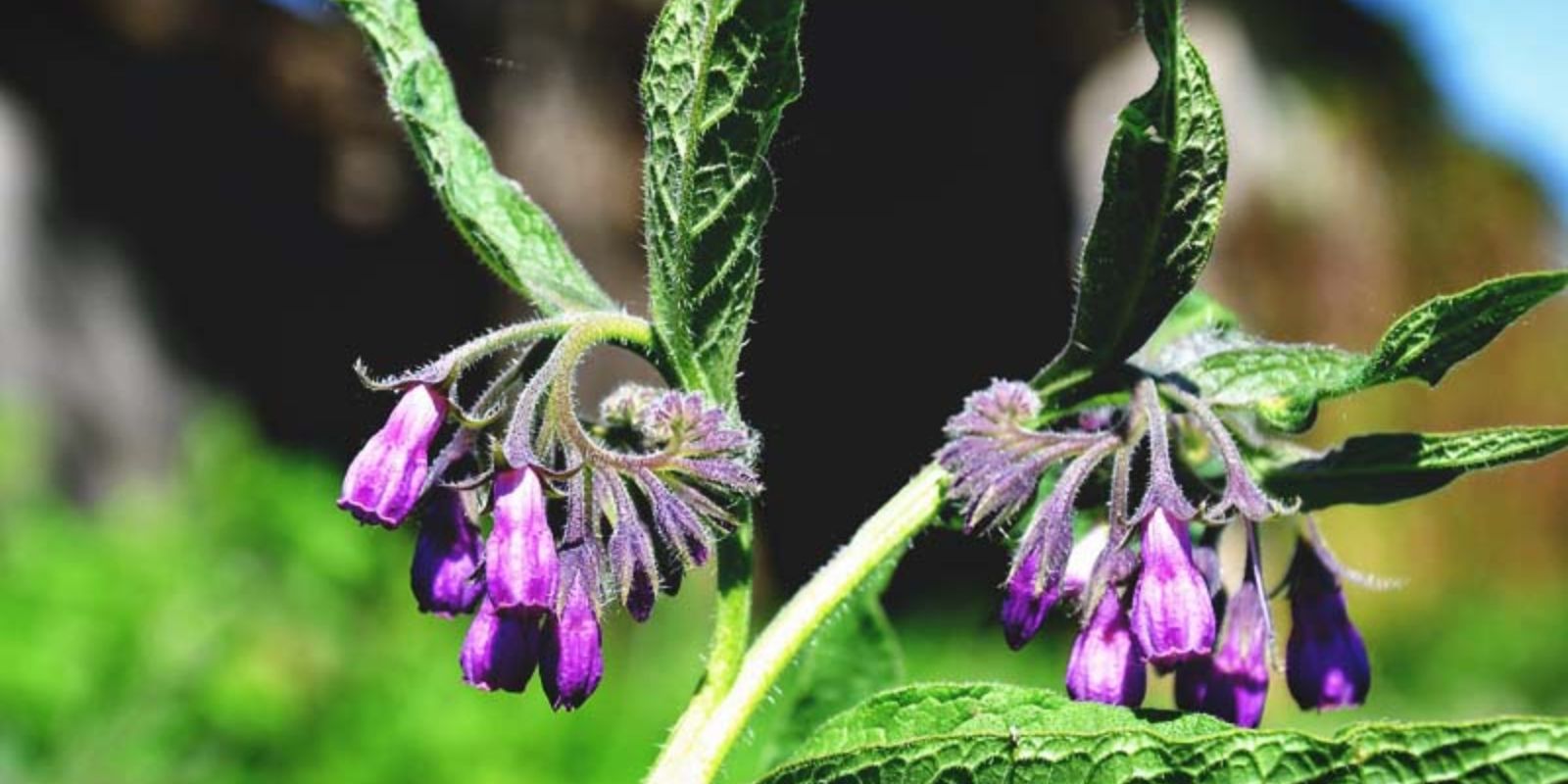Introduction
Comfrey, a hardy perennial known for its deep, nutrient-rich roots and lush foliage, is a standout plant in permaculture gardens. This plant offers numerous benefits, including soil enrichment, natural pest control, and compost enhancement. Understanding how to grow and utilize comfrey effectively can significantly contribute to a more productive and sustainable garden. This article will guide you through the steps of growing comfrey in your permaculture garden and highlight its diverse uses.
Understanding Comfrey
Comfrey (Symphytum spp.) is celebrated for its robust growth and ability to improve soil health. Its deep roots draw up nutrients from the soil, making it an excellent plant for enriching garden beds. Comfrey can be used as mulch, compost, and even as a natural remedy in various garden applications.
Selecting the Right Variety
Choosing the right comfrey variety is crucial for successful cultivation. Two main types are commonly used:
- Russian Comfrey (Symphytum x uplandicum): Known for its vigorous growth and high nutrient content, this variety is a popular choice for gardeners. It’s hardy and can tolerate a range of soil conditions.
- Bocking Comfrey (Bocking 14 or Bocking 4): These are hybrid varieties that are bred for their non-invasive nature. They’re ideal for permaculture gardens because they do not spread uncontrollably and have a more manageable growth habit.
Preparing the Soil
Comfrey thrives in well-drained soil with a pH level between 6.0 and 7.0. To prepare your soil:
- Choose a Location: Select a spot that receives full sun to partial shade. Comfrey can tolerate a range of light conditions, but it grows best in sunny areas.
- Improve Soil Structure: Incorporate organic matter such as compost or well-rotted manure into the soil. This improves soil fertility and drainage, creating an ideal environment for comfrey.
- Clear the Area: Remove weeds and debris from the planting area to reduce competition and ensure healthy growth.
Planting Comfrey
Comfrey can be propagated from seeds, root cuttings, or established plants. Here’s how to plant it:
- Planting from Seeds: Sow seeds in early spring or late summer. Scatter the seeds on the soil surface and lightly cover them with soil. Keep the soil moist until germination, which typically occurs in 2-3 weeks.
- Planting from Root Cuttings: Take 2-3 inch long root cuttings from an established comfrey plant. Plant these cuttings about 2 inches deep in the prepared soil. Water thoroughly.
- Transplanting Seedlings: If starting with seedlings or nursery plants, space them 18-24 inches apart. This spacing allows for their wide spread and ensures ample room for growth.
Caring for Comfrey
Comfrey is relatively low-maintenance but benefits from basic care practices:
- Watering: Keep the soil consistently moist, especially during dry periods. Comfrey has deep roots that access moisture from the soil, but regular watering helps maintain optimal growth.
- Mulching: Apply a layer of organic mulch around the base of the plants. This helps retain soil moisture, suppresses weeds, and adds additional nutrients to the soil as it decomposes.
- Fertilizing: Comfrey generally does not require additional fertilization. However, if the soil is poor, you can apply a balanced organic fertilizer or compost to support growth.
- Weeding: Regularly remove weeds that compete for nutrients and water. Comfrey’s vigorous growth helps suppress weeds, but occasional weeding ensures optimal plant health.
Harvesting Comfrey
Comfrey can be harvested multiple times throughout the growing season. Here’s how to do it:
- Timing: Harvest leaves when they reach about 12 inches in height. This is typically in late spring and again in midsummer.
- Cutting: Use clean, sharp shears to cut back the leaves. Leave a few inches of the plant to ensure regrowth.
- Usage: Fresh comfrey leaves can be used as mulch or composted. Dried leaves can be used in herbal remedies or as a natural fertilizer.
Uses of Comfrey in Permaculture
- Soil Enrichment: Comfrey’s deep roots bring up nutrients from the soil, making it a valuable addition to compost or mulch. When used as mulch, it provides a rich layer that improves soil fertility.
- Pest Control: Comfrey can help deter certain pests when used as a companion plant. Its dense foliage creates a barrier that can protect neighboring plants.
- Compost Activator: Adding comfrey leaves to your compost pile accelerates the decomposition process due to their high nitrogen content. This speeds up composting and enriches the final product.
- Herbal Uses: Comfrey has been used traditionally for its medicinal properties. It’s often used in poultices and salves for its skin-healing benefits, though its use should be approached with caution due to potential health risks.
Conclusion
Growing comfrey in your permaculture garden offers numerous benefits, from enhancing soil fertility to supporting compost production and pest management. By following the steps outlined above, you can successfully cultivate comfrey and make the most of its many uses. Embrace this versatile plant and watch your garden flourish with improved health and productivity. 🌿🌱

